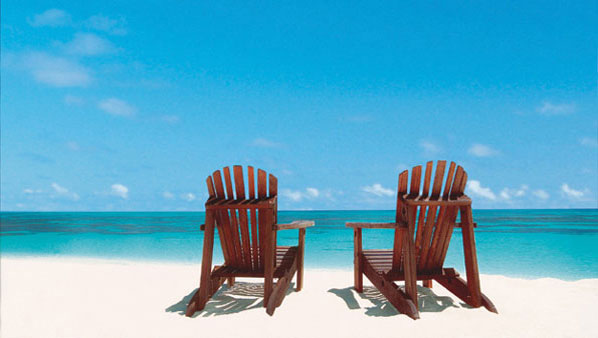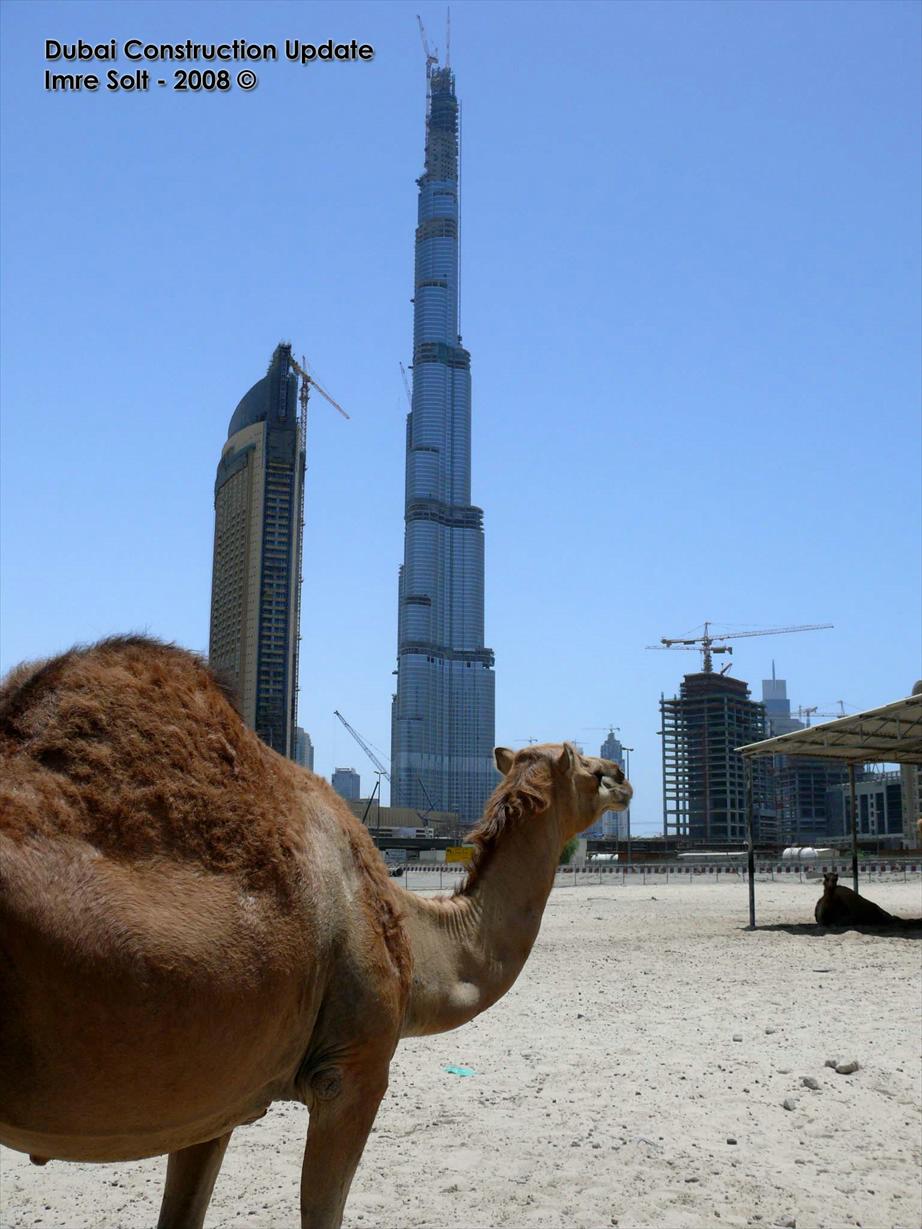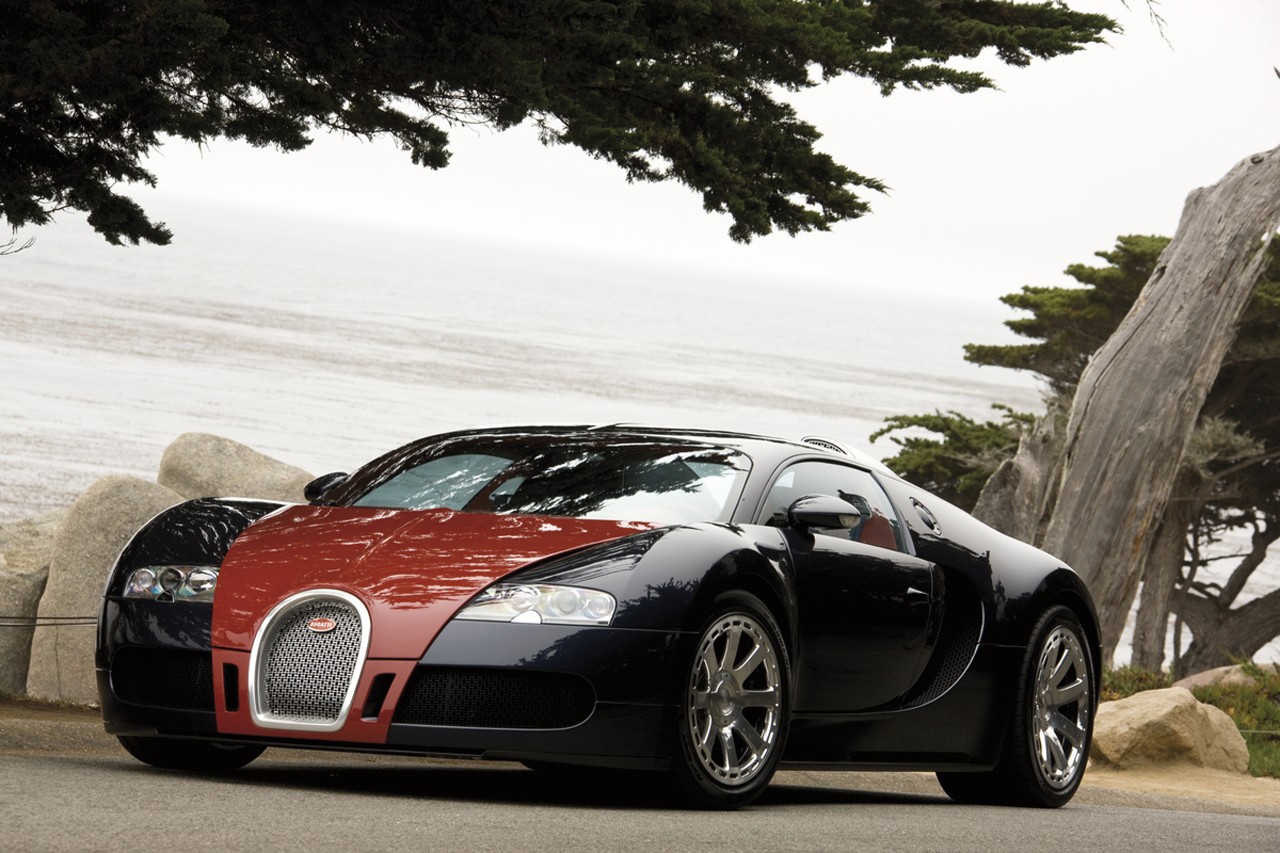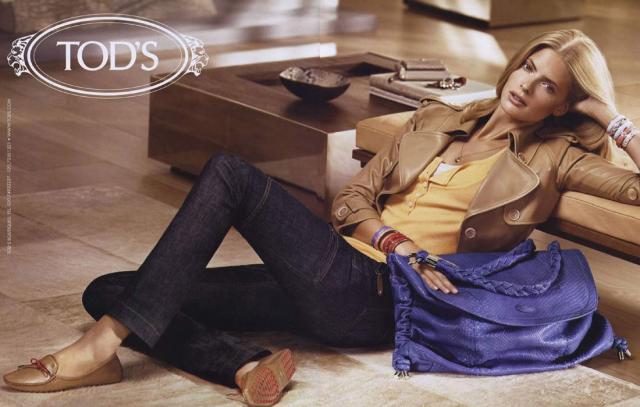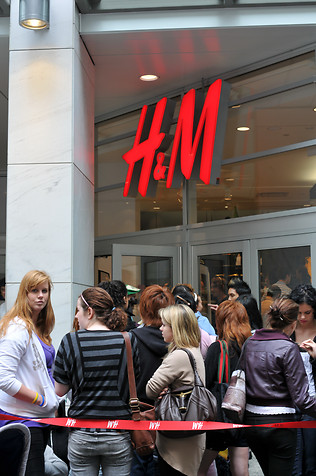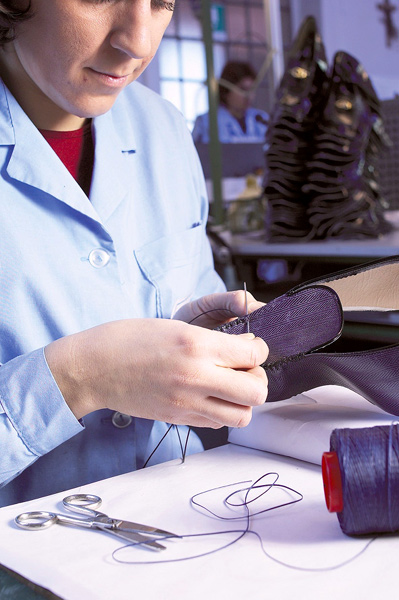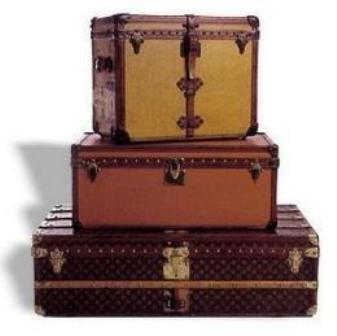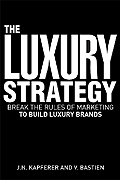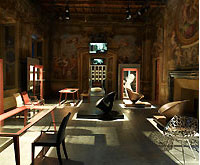Defining luxury through price, the six key points of quality, and the shopping experience.
Material Values in Luxury
So, if the industry defines luxury partially through Material Values (price & quality), what does that mean?
As we all know, the fact that something has a high price does not indicate that it has a high level of quality, and vice versa. However, a premium can be tacked onto the price of a product or service for a customer experience that is considered above and beyond, whether that experience is through customer service, or through being introduced into an admired community or tribe. After all, luxury is an indicator of status. Therefore, unlike most mass-market goods, the price for luxury goods and services is not based on tangible values alone.
Quality
Quality is subjective, depending on who you ask.
For example, for someone with little knowledge about luxury watches, their perception of quality will be based on the brands they know, as opposed to the perception of a connoisseur (or especially an artisan) who will understand quality from the details of craftsmanship. Ask me about the performance details of a car, and you will receive a meek "beats me" shrug. Now, ask me about shoes, and we're in business! I KNOW shoes: materials, heel dimensions, construction practices, secrets of comfort, stitching, design and brands. But I digress…
There are many dimensions of quality, and any given product may have points that conflict in degrees of excellence. Here are a few to consider:
- Organoleptic Qualities (feel, smell, taste)
- Performance
- Resistance & Longevity
- Visual Qualities
- Quality of Manufacturing & Finish
How might these points of quality conflict? There are many examples, and I'm sure we all have our stories.
For example, resistance and longevity might conflict with feel, because tougher materials are often rougher to the touch.
Hermes scarves have great visual and organoleptic qualities, but the quality of the finish and the resistance and longevity are questionable. Each scarf is beautifully printed with many incredible colors, but the dyes are not fixed. Unless you want your Hermes scarf to turn into a blotchy mess, you absolutely cannot get it wet. That means you can forget about wearing it on that fabulous yachting tour, much less on a day with a chance of rain.
A haute couture Chanel wedding gown will have tiny inconsistencies in the stitch, simply because the fabrics are too fine to be manipulated by a sewing machine and must be constructed by hand. One person might look at this as a mark of the artistry, while another person will prefer the "perfect" finishing of a mass-produced gown, together with fabrics that are not so fragile.
Verifying Quality through Experience
In non-luxury industries, it is often easy to challenge product quality. However, even in within the industry, it is not enough to prove one's product legitimacy in terms of quality. Quality should be made an experience that one feels, first through the product and then through the product's environment, and the consumer's experience of both.
Pantofola d'Oro began making made-to-measure athletic shoes in 1886. The quality of their shoes has remained so high that many athletes continued to wear them, even after they are contracted to represent other brands. To avoid giving up the quality footwear, they commonly apply the sponsoring brand logo (Adidas, Puma, etc) over their d'Oro shoes. However, d'Oro is not a luxury brand. The shopping experience is poor.
A brand can sell a high-quality product, but in order to move into the luxury industry, they must verify the quality on an experiential level. This begins with the shopping experience.
The Shopping Experience
Think of a couple of luxury shopping experiences, off the top of your head. For me, the first one that comes to mind is the Prada Flagship in NYC, designed by Rem Koolhaas. I went there as a teenager when they first opened, long before I even considered moving to Milan. Although I was barely a college student at the time and unable to make a purchase, the service staff was attentive and the store design blew my mind. That's the kind of experience that sticks with a consumer, converting the experience into potential long-term sales and loyalty when they grow into the target market of the brand.
Another luxury shopping experience I had the pleasure to encounter was in the Pierre Hermé cake shop in St Germain area of Paris. It is designed like a jewelry store, with the cakes laid out in splendor. Actually, it's not just the store design that is modeled after the luxury jewelry sector; it's also the marketing... and the pricing for custom desserts. Want to know why "French Women Don't Get Fat"? It's because the sweets are too gorgeous to eat.
This is the legendary type of shopping experience that people make a special trip for, tell stories about, and share with their loved ones, even if it's just for a macaroon!
How to Convey Luxury in the Shopping Experience
Most of the following points seem like no-brainers after you read them, but we can all think of a bunch of examples for each point where the ball has been dropped, and luxury brand value negatively impacted.Here they are:
- Urban & Cultural Areas: Luxury flagships are located in First-Tier Cities (Paris, Milan, New York, London, Tokyo, etc). These world capitols provide a wealthy base customer within the local population, but more importantly, they offer a huge number of tourists. This was especially important when you had to travel to obtain national luxury items (Want couture? Go to France. Want Chianti? Go to Italy.). However, today it is important to house a brand flagship in these capitols in order to provide a sense of the spirit of the brand, whether it is a piece of the American, French, or Italian lifestyle the brand represents. Furthermore, these cities offer a sense of refined culture through history, events (opera, theatre, special conferences) and exhibitions (cultural, professional), and the brands benefit through association.
- Co-Presence: Who is the place shared with? You'll notice that luxury stores rarely stand alone. If not sharing a roof or directly adjoining one another, luxury stores are at least on the same street or within the same district. Think about Worth Avenue in Palm Beach, Rodeo Drive in Beverley Hills, 5th Avenue in New York, or Montenapoleone here in Milan. Even as the humblest immigrant communities or the richest McMansion neighborhoods, luxury powerhouses gain strength through community and mutual association. Just like buying a flat overlooking Central Park in the Upper East Side is a statement, opening a store on any of these streets tells the world, "I have arrived. I belong with thesepeople/brands." Many established brands have a presence in multiple districts to target a variety of consumer markets. Consider the Louis Vuitton stores in Paris:
- Champs Elysee: the largest store, full of tourists
- Montaigne: smaller, more chic
- Saint Germain: smallest, highest sense of luxury, quite local and exclusive
- Store architecture & scenography: Although the recent trend for Starchitects to create branded temples is a testament to this point, store architecture goes beyond the fame of the designer and touches on points of the interior. Note that luxury stores do not display every item in inventory. Racks are not crowded with various sizes. You'll find very few sizes on display because the staff is there to assist you. The luxury customer should not dig through piles of garments to find an item. Further, the store architecture should represent the brand, especially in emerging markets where new consumers are just beginning to speedily acquire a brand education. What are the core symbols of the brand? Who is the target customer? You should be able to identify that from the store. (Ralph Lauren is the champion of branded store design, by the way.)
- Store entrance & accessibility: Did you ever notice how heavy the doors to most luxury stores are? These are not your typical motion-sensor sliding doors. Rather, these doors make you slow down before entering. Often a meaty man or two is flanking the door to assist/intimidate you. Yeah, that's right, I said "intimidate." Why? It's the bouncer-affect. Are you on the list? The theory is that if they can scare you off, you probably don't belong there. Plus, the last thing a shoplifter of premium merchandise wants to see is a prize fighter guarding the door. This also has to do with co-presence, but not the co-presence of other brands like we went over above. Rather, this point attempts to ensure that the co-presence of the patrons meets a certain standard. However, it's hard to spot some luxury consumers or future luxury consumers, and so the probability of offending someone is high and the repercussions can be disastrous for a luxury brand. Obviously it's best to be discrete in this form of psychological filtration.
- Welcoming Service: In addition to the bouncer-types at the door, a luxury shopping experience should provide friendly service that extends above and beyond the call of duty. This is unfortunately where most luxury stores fall short, and we've all heard stories of or actually had rude, snobby or lazy sales assistants, which drive away sales and tarnish the brand image. The fact of the matter is that it is at times difficult to find sales staff that represent the brand values with class, intelligence and politeness. However, I believe this is due less to a lack of available people and due more to a problem of luxury brands not fully understanding and conveying their core values to employees, and lacking quality customer service training programs. This is perhaps the single greatest weakness of luxury brands (and you could relate it to their lagging online presence, because that translates to customer service as well), and yet it seems to be quite low on the priority list of many brands. Curious... they could learn a lot from Zappos!
Other sectors can also achieve a sense of luxury for mass-market goods by applying the above principles. We have seen this increasingly in the last ten years, as luxury companies target downward into the mass market, and commodity companies target upwards into the luxury market.
For example, Sephora applies all points of the luxury shopping experience to its stores, but it is a democratic store lacking exclusivity which carries some luxury brands in the product mix (even if it is owned by luxury powerhouse LVMH). The Sephora stores are centrally located in world capitols and cultural centers, often surrounded by luxury brand retailers; they have a grand entrance that is discretely guarded, and the staff is friendly and helpful without being pushy.
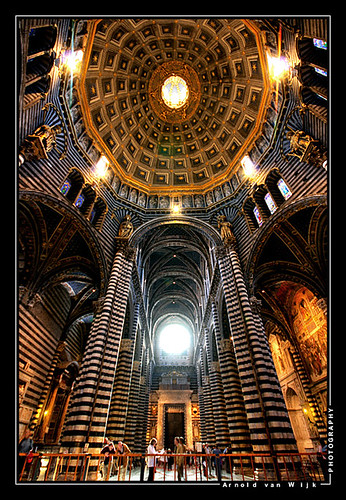
Furthermore, the displays are clean and organized like a luxurious market, and the branded interior design is based on the awe-inspiring cathedral (the Duomo) in Siena, Italy. While most customers will not recognize the trademark black and white horizontal stripes of the store as being related to the Duomo, the effect is quite nice in providing a sense of Renaissance splendor, don't you think?
So, if Sephora offers all of this, aren't they a luxury retailer? Not quite. While you can find products from Chanel, Dior, Frederick Fekkai (I love), Sephora still offers mass market goods that you could find in your local pharmacy, making the experience inclusive of the mass market.
Premium Price + Quality Products + Grand Shopping Experience = Luxury Brand? ...Not Yet
We're not there yet. In order to achieve true luxury status, immaterial values of brand identity and group-status, as well as exclusivity must be proven. More on that in the next segment of this series...



